The first cocktail I ever “invented” was in college when I was living with my friends in our sorority. One of the rules of living in a sorority is that you’re not allowed to keep alcohol in the house. Of course as 21 and 22-year-old students we did not follow that rule and had sneaky (and dinky) little bars stashed in our closets for the weekends. Our cocktail of choice was called a “Kappa Collins” and used cheap gin, grapefruit juice that was always stocked in the communal fridge, a neon maraschino cherry, and a splash of soda or sprite. We drank these out of pretty little glassware that we’d find on our weekend thrifting trips.

My cocktail staple in college.
Looking back, that first cocktail is a bit like a bubbly greyhound. If I made it again today I’d make some fresh substitutions but it wasn’t the worst initiation into the world of bon vivants and cocktailiers.
When I moved to NYC five years ago, my interest in making cocktails took a hockey stick turn. While there is a fascinating depth of creativity happening all over the US when it comes to drinking, NYC is still one of the concentrated cocktail meccas. From Jerry Thomas to David Wondrich to Julie Reiner, the founders + modern bartenders of cocktail culture all established roots here.
These days, I still get a kick out of following a cocktail recipe, but it feels a lot more fun to make up recipes. At first it felt intimidating and out of my league to attempt recipe invention because I’m not a bartender and I’m definitely not a chef. But after I started experimenting a bit, I realized that cocktail inventing is not that different from writing or sewing or photography or gardening- the things that I’ve loved all my life. You need to learn some of the basic building blocks, but after you learn those you can start to improvise and tinker with new ideas.
Basic Cocktail Creation Guidelines:
Read and collect cocktail books.
To learn the principles of creating a delicious cocktail, you need to absorb a baseline of knowledge on how cocktail flavors interact with each other, the history of particular drinks, and an instinct for balancing ingredients. I started learning these things by hitting the books.
These days, one of my favorite things to read is cookbooks and cocktail books. There’s something so intimate and familial about recipe headnotes, and the cocktail/cookbooks of our era have some of the most beautiful photography and styling in all of publishing. Some of my favorite books include: Julie Reiner’s Craft Cocktail Party, Smuggler’s Cove, Shake, Liquid Intelligence, The Wildcrafted Cocktail, and the books I list below. I have (and love) many, many books but for me, the building blocks of cocktail flavor pairings predominantly came in the form of these three books.
Book #1: The Flavor Bible
The first is a book called The Flavor Bible. It’s a bit like a thesaurus in the way that you can look up a single ingredient and find a big list of other flavors and ingredients that pair well with your first ingredient.
It’s so fun to be able to create one of those flavor combos that become a third flavor- a flavor that is only possible when you combine two ingredients together.
Book #2: Death and Co. Modern Classic Cocktails
The second book I use for cocktail creating is by the folks who run the Death & Co. bar here in the East Village of NYC. This book has the best structure I’ve encountered in all my cocktail book exploration. Each section of the book is divided by base spirits and the types of cocktails associated with them so that you can search the book by Gin (Shaken), Gin (Stirred), Tequila (Shaken), Tequila (Stirred), and so on.
In the Death & Co. book, there is an incredible section called “Tasting and Evaluating Cocktails” that provides these helpful pie charts to help a beginner cocktelier get a sense of basic drink ratios. The book coaches you through what it means for a cocktail to taste balanced by instructing you to make unbalanced cocktails before creating the real deal.
There is a pie chart of a typical Sour cocktail with strong (liquor), sour (citrus), and sweet (sugar of some sort) elements…
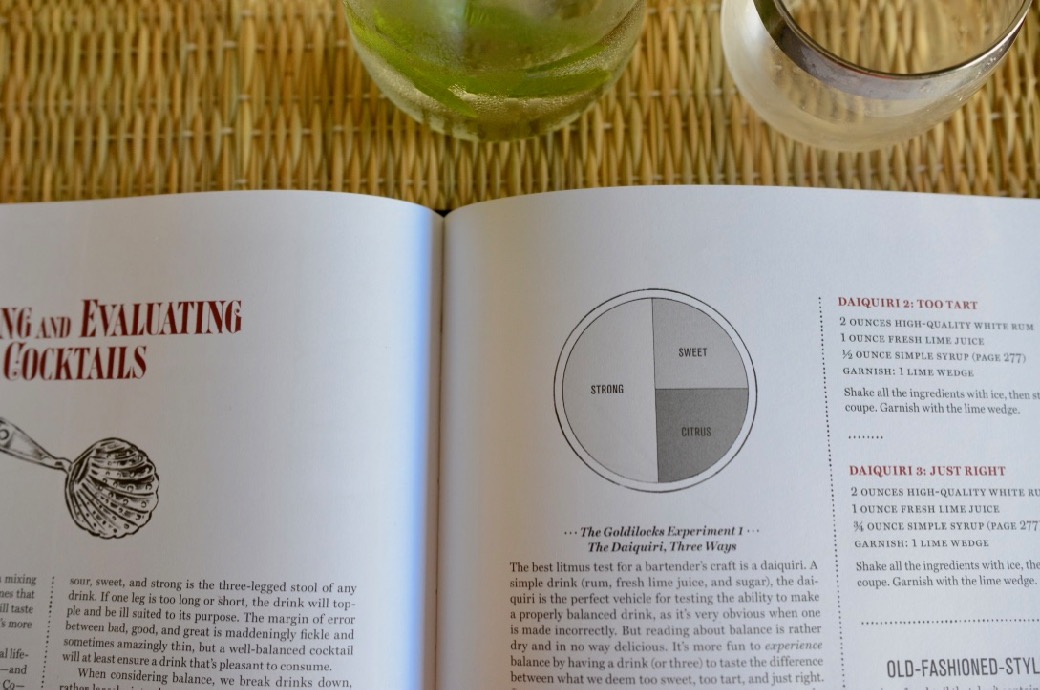
There is a pie chart of Old-Fashioned-Style cocktail ratios…

And there’s also a pie chart of Manhattan- and Martini-style cocktails.
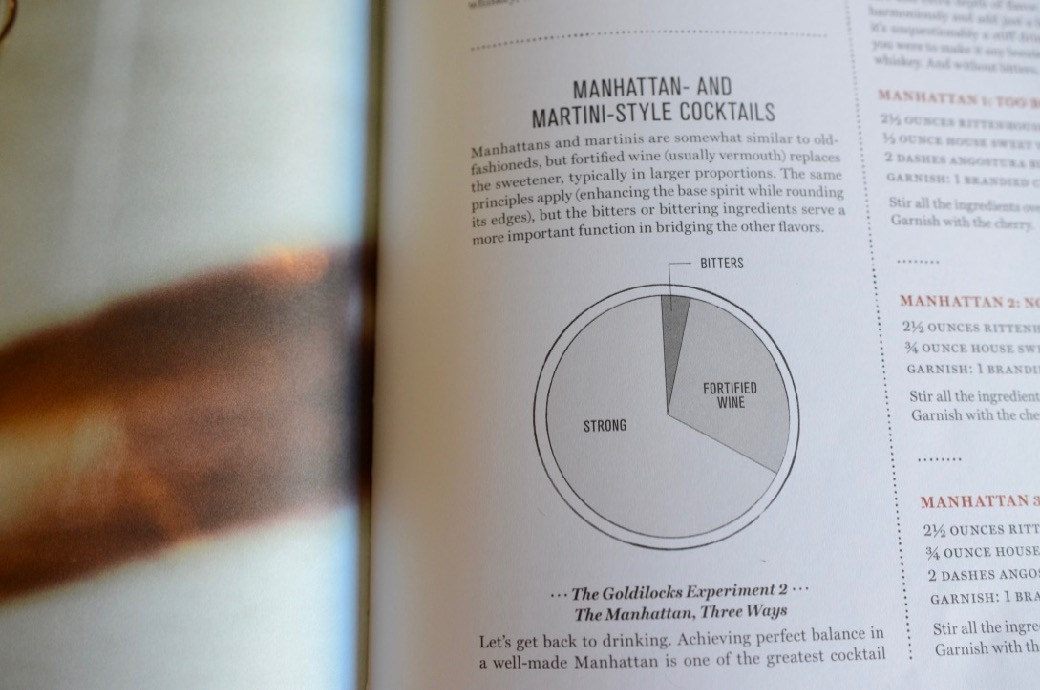
It’s a great start for instructions on how to deconstruct classic cocktails so that you can reconstruct them with your own experimental ingredients. And this deconstruction is a perfect segue into my next book.
Book #3: The NYTimes Cocktail Book
The third book I use often to create cocktails is The NY Times cocktail book. Here is where I can find a larger variety of baselines for cocktail ingredient ratios.
For example, say I want to make up a new cocktail with tequila. I’ll look for classic cocktail recipes in the NYTimes Cocktail book or Death & Co. and evaluate the ratios of the types of ingredients in the cocktail. Here’s the margarita from the NY Times book:
Margarita
Ingredients
- 2 oz blanco tequila
- 1 whole lime, juiced
- .5 oz triple sec, preferably Cointreau
- Salt for rim, (optional)
- 1 lime wedge for garnish
Since this margarita recipe is pretty simple, I’d also consider adding additional fresh ingredients to the drink. If I’m in the Flavor Bible and it tells me lime pairs well with cantaloupe and basil, I can add some fresh cantaloupe and mint to see how it changes the drink. (I did try this, it is delicious. :))
Unless a fruit is extremely sweet, acidic, or powerful, I do not adjust the original ratios of the classic cocktail ingredients when I’m developing a cocktail with this system. For example, if I’m adding a kiwi to the cocktail I might decrease the amount of lime juice because kiwis are very acidic. But if I’m adding melon to a cocktail, I wouldn’t change much of the original ratio. (Maybe decrease the sweet additions, ie: less triple sec in the margarita example.)
One other thing to play with when you’re inventing cocktails is the ability to substitute different sweets, acids, or spirits. For sweet ingredients you can use flavored syrups, honey, agave, liqueurs, and sugary fruits/juices. For acids you can swap citruses or even use vinegars and shrubs. And for spirits, sometimes swapping tequila for gin in a drink is delicious!
As your confidence in playing with flavors grow, you’ll be able to experiment more with flavors from scratch instead of using the classic cocktail ratio method. When making cocktails from scratch, your goal is to add different flavors that pair well together to create a balance.
A cocktail tastes balanced when there is not a distinct flavor that overpowers any of the other flavors.
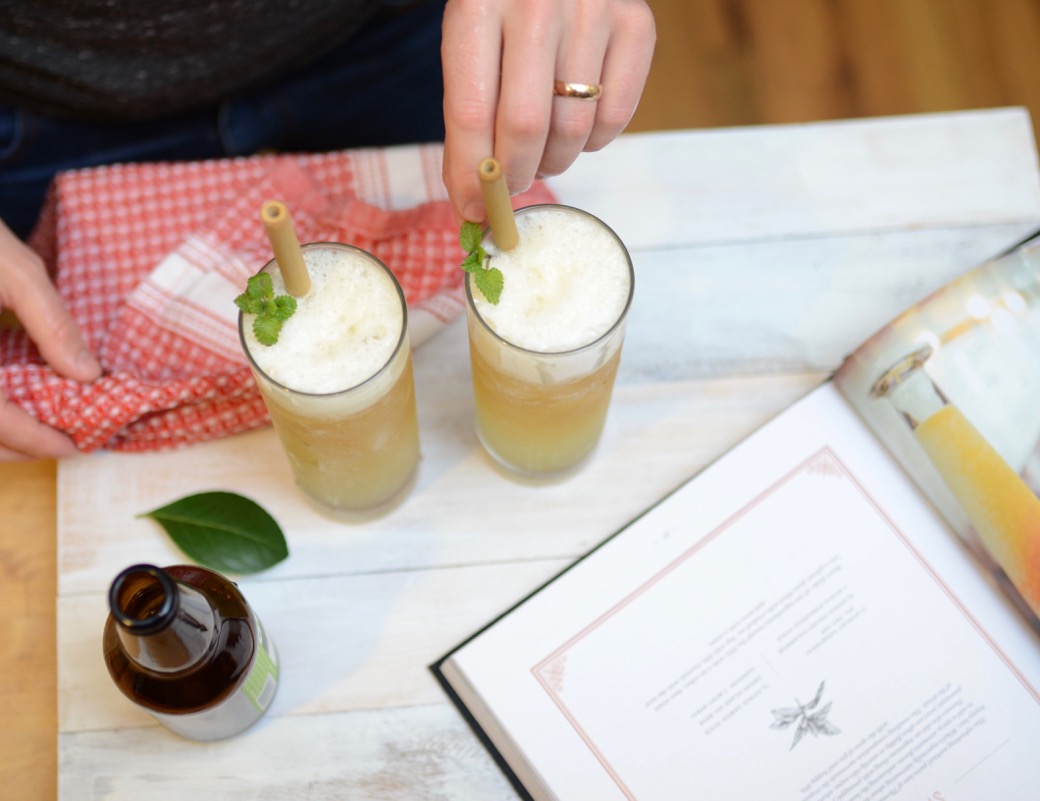
Making cocktails is not rocket science but it can be fun to treat it with the same intensity. There is a baseline of rules, a science, a pattern that is nice to know as a foundation, but the rest is playful alchemy. Having a bit of fun and creating something *you* like is really the only rule. 🙂
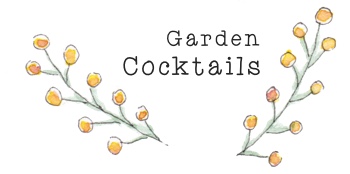
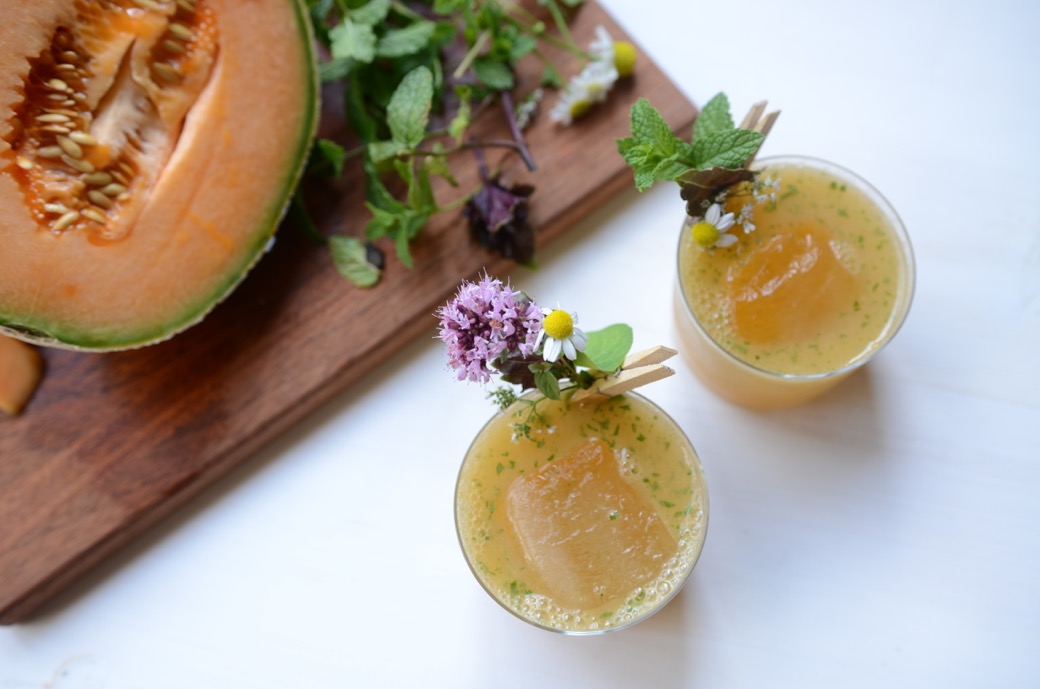
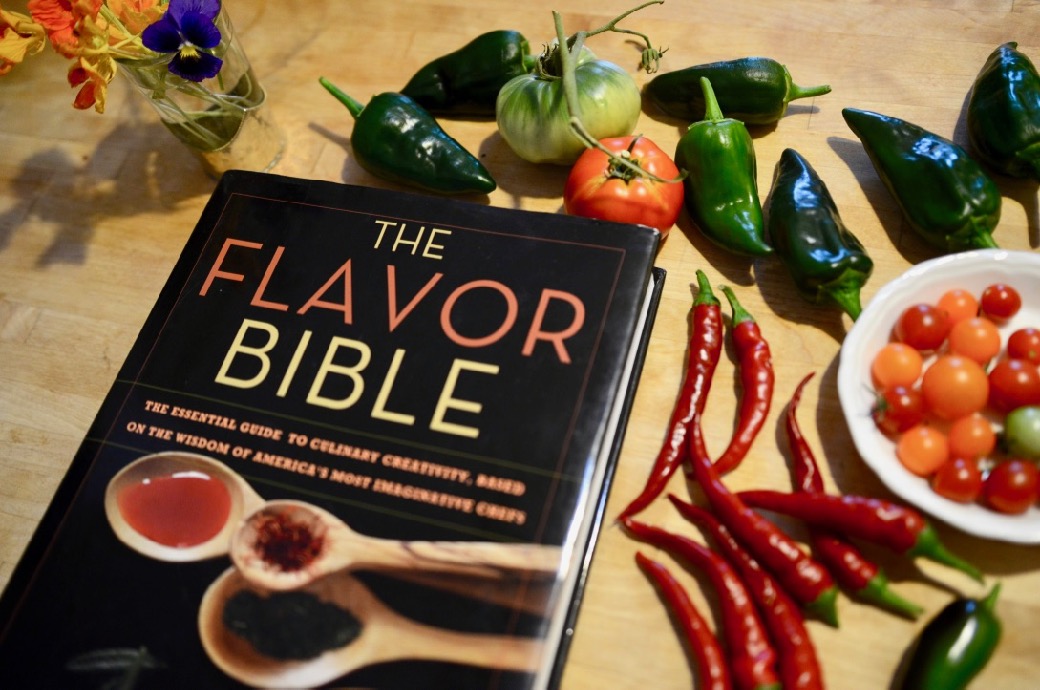
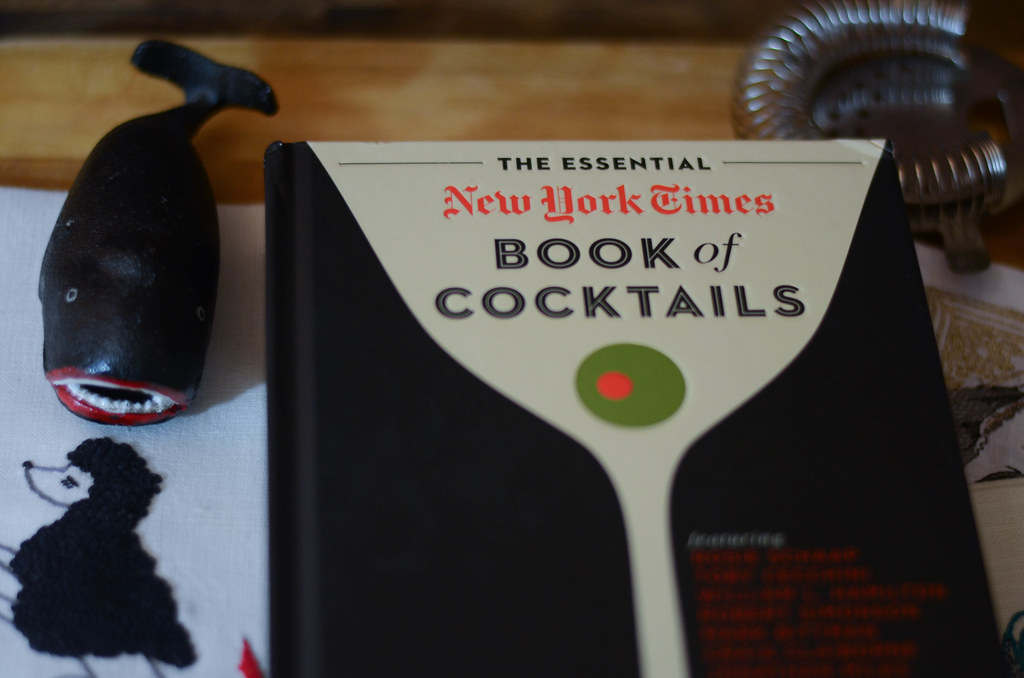
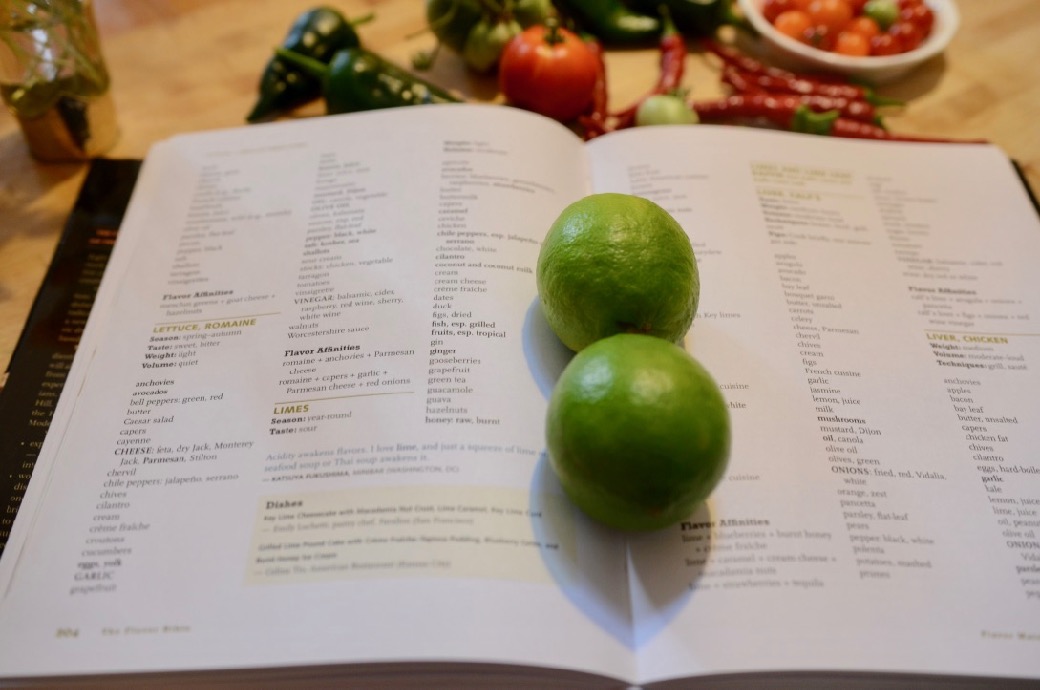

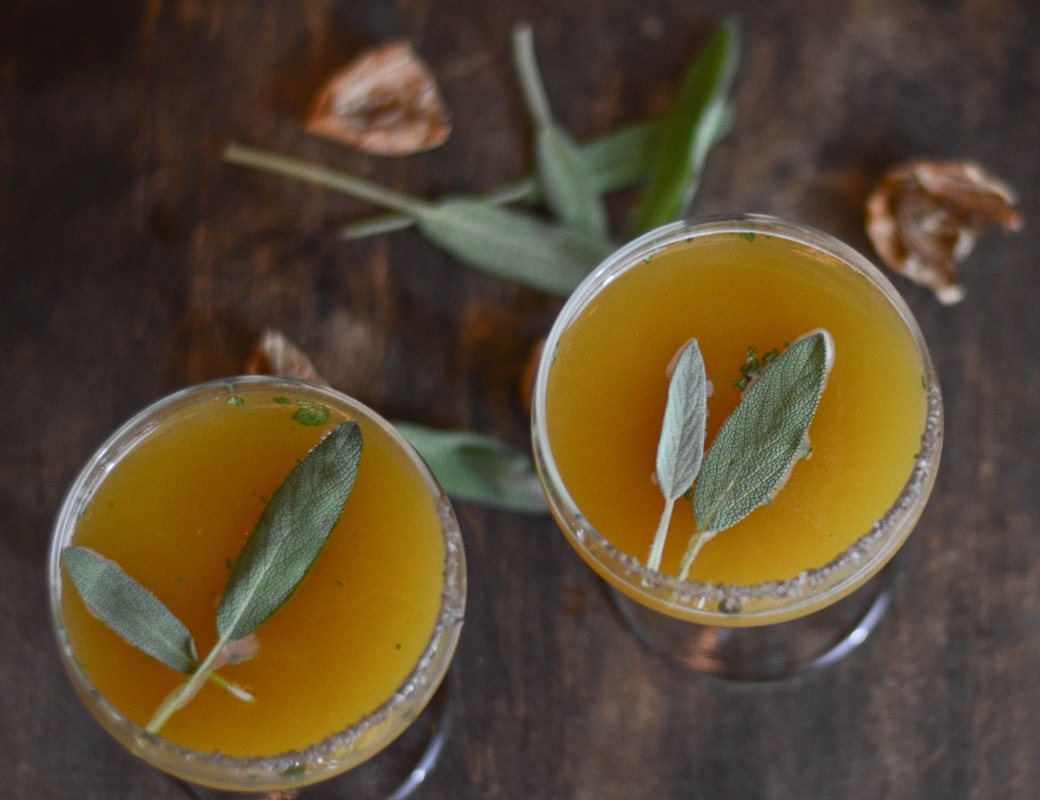
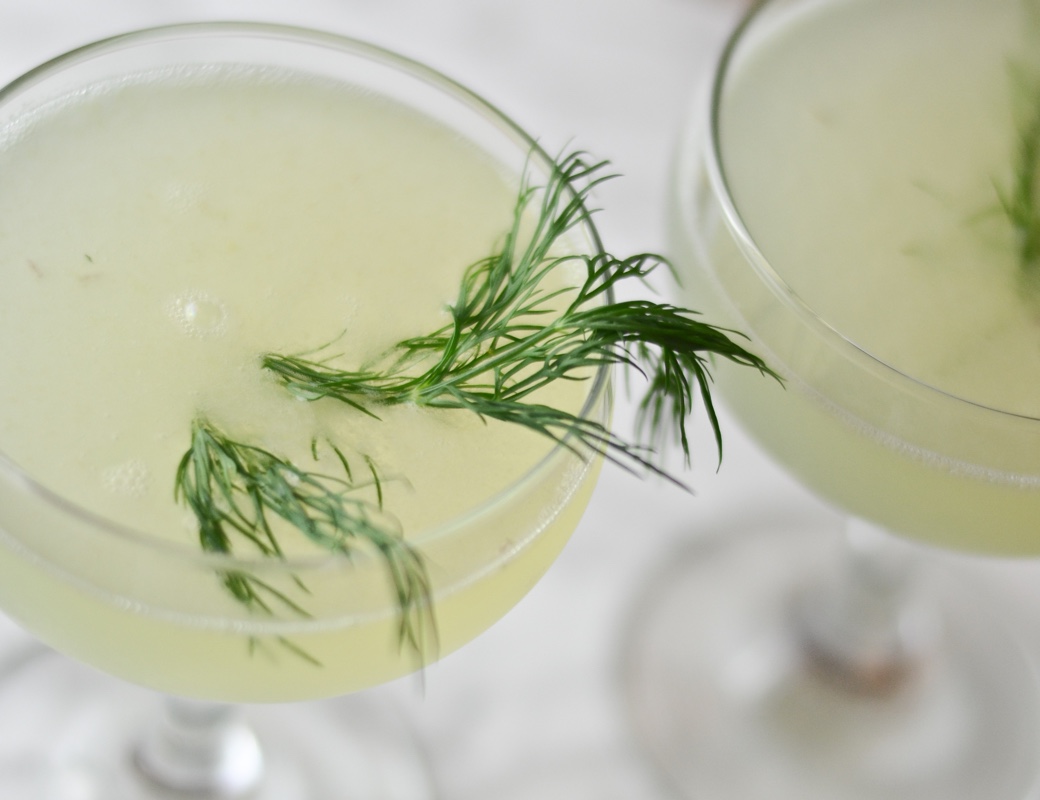
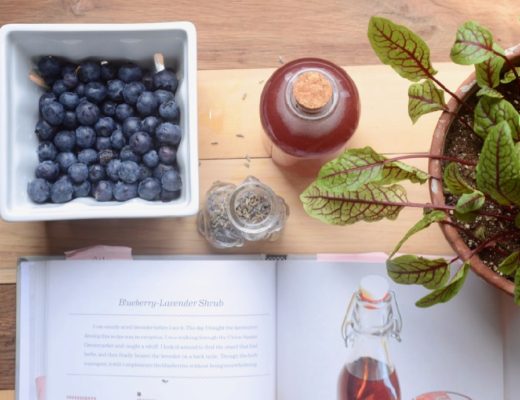
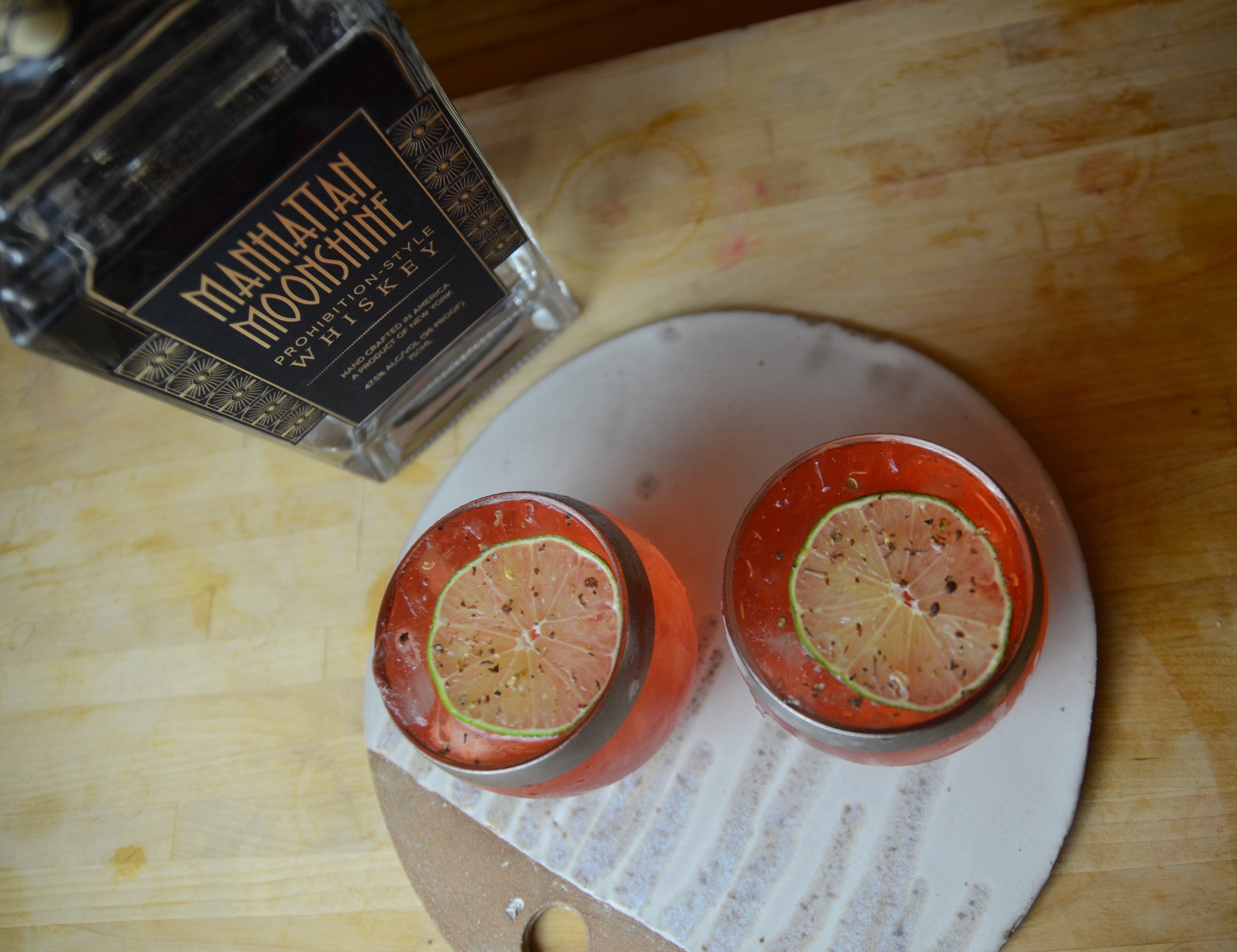
Bill
August 27, 2017 at 9:07 pmWe love you Stacie
Kim
October 13, 2017 at 5:11 pmHa! Everyone definitely had that “staple cocktail” while in College. Mine was a Gin and Tonic (it’s still my go-to when I’m feeling lazy). One of the best things to come out of the bigger high-end cocktail push is a more broad understanding of how much time and effort goes into crafting the perfect drink. Our Calgary cocktail bar strives to always find innovative new ingredients, mixes, and spirits to use. This is a great post, thanks!